|
A new year can represent a fresh start—and many of us have been busy constructing resolutions, all part of a strategic plan to re-invent ourselves in 2017. It’s so simple, all we have to do is push the restart button at 12 midnight on New Years Eve, and voila! Well it’s not always as easy as it sounds. If nothing else, it’s good for the psyche to have hope and optimism at their highest peaks this time of year. So here’s to better days in times ahead. And singing Robert Evans 1788 poem (put to song) is always sure to give us that boost of confidence: Should auld acquaintance be forgot, And never brought to mind? Should auld acquaintance be forgot, And auld lang syne! Exactly 100 years ago, on New Year’s Eve (1916), I would venture to guess that mixed emotions were clouding the head of at least one Frederick resident who is today buried in Mount Olivet Cemetery. This was Mrs. Eloise N. English, a 39-year-old widow who had made national headlines earlier in the year. She had been given the task of guiding her four children through a bittersweet holiday season without their father, Eloise's late husband. She thought to herself that the new year of 1917 would surely be better for both herself and the children. 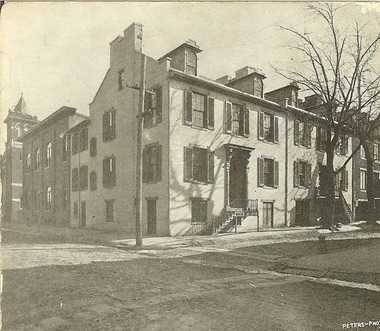 The southeast corner of W. 2nd and N. Court streets (c. 1870's). The Young household is the second townhouse to the right (located at 222 N. Court). The large house on the corner once belonged to Frederick lawyer Gen. Bradley Tyler Johnson who led Confederate troops during the Civil War. The southeast corner of W. 2nd and N. Court streets (c. 1870's). The Young household is the second townhouse to the right (located at 222 N. Court). The large house on the corner once belonged to Frederick lawyer Gen. Bradley Tyler Johnson who led Confederate troops during the Civil War. Eloise Newman Young was born on September 3rd, 1877. She came into the world a decade and a half after her parents and fellow residents had experienced trying events connected to the the American Civil War. Frederick, Maryland had been “one vast hospital” in the words of noted town diarist Jacob Engelbrecht. Union General Hospital No. 1 (which occupied the Hessian Barracks grounds across S. Market Street from the cemetery), the churches, public buildings and many private homes were filled with dying, wounded and sick soldiers from both armies North and South. The 1870’s was a time of prosperity, reconciliation, and rebuilding. Frederick was reinventing itself, the closest it would ever come to having an industrial revolution. And the Young family was playing a major role. Eloise embarked on a privileged childhood in the Courthouse Square area of Frederick. She didn’t want for much and had the best education that could be had here. Eloise learned first-hand the importance of ingenuity and thus possessed the power to re-invent herself. A guiding influence was her father, a manufacturer who garnered over 100 patents in his lifetime. Over time, he came to be known as Frederick’s greatest inventor. He helped Eloise in many ways, but none more important than on a dark, snowy day in March of 1916.  McClintock Young, Sr. (1801-1863) McClintock Young, Sr. (1801-1863) McClintock Young, Jr., Eloise’s father, was born June 25th, 1836 in Washington, DC. His own father was a politician and received an appointment to the position of Chief Clerk of the United States Treasury. He would be called upon to be Acting Director of the Treasury several times during the Jackson administration. Ironically, Young briefly worked under short-lived Secretary of the Treasury Roger Brooke Taney, but that’s a story for another day. Taney, however, may have influenced the elder McClintock Young to send sons McClintock Jr. and Alexander to Frederick to possibly attend the Frederick Academy, once located on Council Street. Both boys can be found living here in a boarding house in the 1850 census. 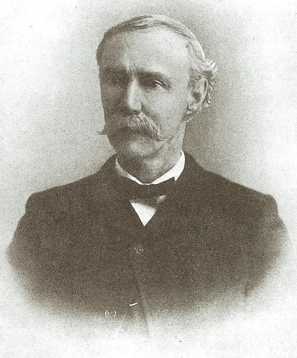 McClintock Young, Jr. (1836-1913) McClintock Young, Jr. (1836-1913) McClintock Young, Jr. was a tinkerer from a “young” age. In 1849, at 12 years-old, he constructed a fire engine that could throw a stream of water more than 40 feet in the air. After graduation from St. John’s College in Annapolis, McClintock Young, Jr. opened a foundry on Frederick City’s south-end, on the corner of South Street and Broadway. He soon married Louisa Mary Moberly of New Market and started a family. Young continued to make the world better through mechanized means, earning patents for steam engines, saw mills, and sewing machines. He also designed such useful things as a box-making machine and an ink eraser. His big invention came with a “self-rake” mechanism that he sold to the McCormick Harvester Company. This would remain a pivotal part of the firm’s famed reaper machines for more than half of a century. The light bulb continued to turn on within McClintock Young’s head. Ironically, he would earn a great payday in 1870 from the Diamond Match Company, who purchased the patent for an automated match-making machine. The relationship grew as McClintock Young and two executives of the Diamond Company founded the Palmetto Brush Company here in Frederick in 1886. Young had come up with a machine that could turn palm trees into scrub brushes, and would design several more variations on his original. By the next year, McClintock Young’s original foundry location became the home of the Ox Fibre Brush Company. Due to the business’ great success with customers here and abroad, a new plant would be built on East Church Street extended (today the site of Goodwill Industries). The company would long outlive Mr. Young into the mid 1900’s. McClintock Young’s “brush with success” would not stop here. He patented a hinge-making machine that lead to bicycles with pedals powering rear wheels instead of the existing early technology of the late 1800’s that featured “front-wheel drive.” Aside from that, Young was highly involved in the civic and fraternal clubs of town and most importantly, raised three daughters into adulthood, including Eloise who was only nine when her mother passed in 1886. It’s hard to keep a good man down, but the brilliant light within McClintock Young, Jr. finally faded after a three-year illness on August 1, 1913. He was buried in Mount Olivet amidst a great number of family, friends and admirers. One of the many gifts Eloise would receive from her father was a small, rustic dwelling with property located on Catoctin Mountain. This was in the vicinity of Indian Springs, roughly four miles northwest of downtown Frederick. Bought around 1890, this was a favorite place to hunt for her father. Fellow Frederick businessman DC Winebrenner owned a neighboring farm about a mile distant that was a regular scene of society gatherings. That would continue with later owners of note including James H. Gambrill, Jr. and Charles R. Simpson. The Young family's mountain house was simple, made of stone and said to have “stood on a bluff in an isolated section of the rugged mountain land.” It was quite a departure from the fine Frederick townhouse on North Court Street that Eloise had grown up in, not to mention her posh surroundings in New York City. Eloise had left Frederick around 1900 after marrying Arthur English, a one-time assistant US attorney for the Department of the Interior, now in private practice. Mr. English was a native New Yorker, extremely well-educated, and the son of a pseudo-celebrity. His father Thomas Dunn English was a former New Jersey congressman and the author or a popular song entitled “Ben Bolt.” Doors were opened for Eloise’s husband but he was also a diligent worker—but some said too diligent. He was licensed to practice in New York, Washington DC and several other states. In 1910, the couple could be found living in an apartment building located at 166 State Street in Brooklyn, blocks from the approach to the famous bridge that connects to lower Manhattan. Here, residing with the family was Arthur’s son Thomas from a previous marriage. (Arthur’s first wife Lucy died in 1895.) 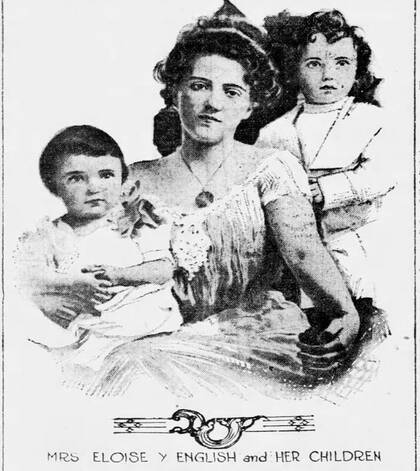 Eloise (Young) English, pictured with two of her children. Eloise (Young) English, pictured with two of her children. At the time of her father’s death (1913), Eloise and Arthur had four children: two boys (Hugh b. 1901) (Edgar b. 1904) and two girls (Ruth Bird b. 1905) and (Louise b. 1912). “Home life” slowly changed Eloise’ opportunity to be a New York socialite. She became more centered on raising her children, a burden that seemed to be falling more on her shoulders as husband Arthur spent more and more time on his profession and less time at home. By year’s end 1915, Eloise and her children were residing at the Indian Springs mountain farmstead on the outskirts of Frederick. Friends and neighbors claimed that the relationship between husband and wife was beyond strained, the couple spent more time living apart than together. Arthur could often be found back in New York, as Eloise now found some semblance of civility up on Catoctin Mountain, but more so from being away from Arthur. 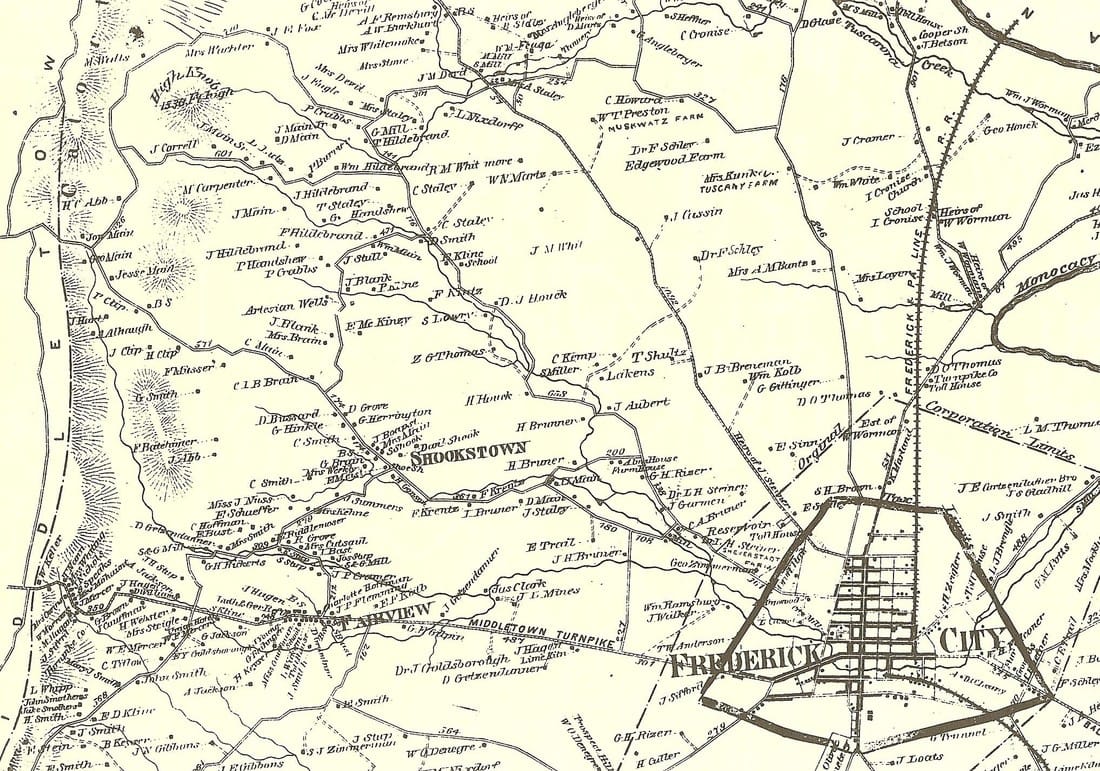 The approximite location of Indian Springs can be seen on the 1873 Titus Atlas of Frederick County within the Frederick District (later Tuscarora District). The author believes that the approximate location of the Young-English residence was in the upper left of the map, noted as the residence of J. E. Fox, an earlier owner. This is located a short distance west of the present day home of the Tuscarora Archers, Archery Lane on Etzler Road. Arthur made a brief visit to be with his family over the Christmas holidays. However, he would not return until the second week of March in the new year of 1916. No one could attest to the tone of the family’s reunion, but a glimpse can be garnered by the events that would unfold one week later— events that would change the lives of every member of the English family. 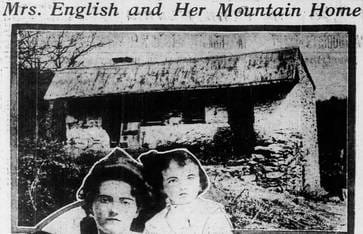 A photo of the English cabin home on Etzler Road appearing in the Philadelphia Inquirer of March 21, 1916. A photo of the English cabin home on Etzler Road appearing in the Philadelphia Inquirer of March 21, 1916. On Saturday, March 18th, 1916, Eloise watched out the window in sadness and dismay as Arthur forced sons Hugh and Edgar to chop wood during inclement weather. The story goes that Hugh had been ill of late, and Eloise did not want him in the frigid elements on this particular afternoon. She went outside and asked Arthur if he would give Hugh a reprieve, perhaps choosing a lesser chore like cleaning wood indoors instead. At this request, Arthur erupted and began regaling Eloise, not happy with her intervention. Eloise returned to the house quite shaken. This had not been an isolated incident as it was later reported that she regularly endured verbal beatings from her sharp-tongued husband. Things must have been more tense than normal, as Eloise felt compelled to retreat upstairs to retrieve a most practical gift given to her as a young girl by her father—a small revolver pistol. She hid this in her dress, sensing the dire possibility that it may be needed for protection for both herself and the children. She returned downstairs and took to washing dishes. Arthur English reappeared indoors after completing a myriad of outside tasks. Once again face to face with Eloise, he restarted his diatribe, scolding Eloise for up-rating him and his directive for the boys regarding the wood. She tried to reason that Hugh had been sick, and thought it better that he be assigned a less rigid task. At this, Arthur flew into an uncontrollable rage. Eloise took to her knees, begging her husband to calm down, all the while, ten-year-old daughter Ruth was watching a horrific drama play out before her very eyes. Arthur grabbed a hammer and began smashing furniture, heirlooms and china wear. Eloise continued to beg him to stop, which made him even angrier. He then smashed a glass cabinet and obtained the revolver kept within. He took hold and boldly uttered to Eloise: “I will finish you!” Eloise quickly shot first, emptying all five chambers of her gun into her husband. She then picked up his gun and did the same supposedly. Not knowing the damage inflicted, she quickly gathered all four children and fled, traveling a distance of a mile and a half through the snowy woods to a neighbor’s home. She had shot Arthur through the heart and in four other places, dropping him in the middle of the family’s dining room. At the home of Charles R. Simpson, Eloise told the story of what had just transpired. She did not know Arthur’s condition and the damage done by her volleys as she calmly telephoned for a physician to attend to her fallen husband. She next called police headquarters to report her actions in response to Arthur’s threat to her life, and requested a warrant for his arrest. At once, other neighbors were summoned to help. Eloise English would be exonerated by a coroner’s jury the evening after she and three of her children testified to Arthur English’s alleged brutality and frequent threats to kill her. Neighbors, friends and relatives backed the story fully. One day later, Arthur’s body was laid to rest, just ten feet beyond the grave of Eloise’s beloved father. Eloise English was now free of the abuse, threats, and violence. Thomas English, came to Frederick immediately to be with Eloise and the children and attended the funeral service on March 20th at Mount Olivet. He is reported to have offered to take his step-mother and step-siblings in, and provide for their welfare back in Brooklyn. Eloise, however, would kindly decline the offer. She chose not go back to the dwelling in Indian Springs, staying for a time at the home of her older sister Helen Young Johnson and husband Baker. In time she would return, and operated a truck farm with help from her children and a hired hand named Keefer Kline. She successfully raised her children into adulthood, but would never remarry. Eloise died in a Baltimore nursing home of February, 2nd, 1959. She was buried in the family plot (area H lot 483), next to her father, and not husband Arthur. Today, one can find three of Eloise's four children buried next to their protective mother—Louisa English Wemple (d. 1978), Hugh English (d. 1985)and Ruth Bird (d. 1999). As a ten-year-old child, the latter had proved the most significant witness to the case. Ruth Bird English would go on to earn a bachelor’s degree from Hood College and her master’s from the University of Pennsylvania. She taught for 32 years in private schools and may also be remembered as a reference librarian for C. Burr Artz Library. She would never marry. Eloise Newman (Young) English had reinvented her own life, and that of her children. Her father, Frederick’s remarkable inventor, would be proud. One hundred years ago today, as she stood ready to “re-invent” herself, I wonder if she reflected on the original lyrics of Robert Woods “Auld Lang Syne.” Or, rather, did she know that Woods had borrowed from an earlier poem written in 1711 by James Watson entitled “Auld Long Syne”: Should Old Acquaintance be forgot, and never thought upon; The flames of Love extinguished, and fully past and gone: Is thy sweet Heart now grown so cold, that loving Breast of thine; That thou canst never once reflect On old long syne. Special thanks to Mr. Ron Twenty who shared this modern-day picture of the English family's cabin.
3 Comments
Tiger Jackson
2/10/2022 10:45:13 am
I discovered this blog while researching lexicographers, specifically while trying to find the birth and death dates for Arthur English. I not only found that information but much more of great importance. The entire article is a fascinating capsule of history in many ways. I'm now reading more in this blog and finding myself captivated by its great quality.
Reply
Freddy Bob Jones
1/21/2023 10:16:46 pm
A full account of this sad story is available in the book, "'Til Death Do Us Part: The Tragic Story of Eloise Young and Arthur English" by Robert Guthrie, published in July 2021. On Amazon: https://www.amazon.com/Til-Death-Do-Us-Part/dp/B099ZX9GFZ
Reply
10/26/2023 01:17:03 pm
I want to suggest an edit, as Goodwill Industries is no longer in the Ox Fibre buildings. Those building have been converted to the "Ox Fibre Apartments"
Reply
Leave a Reply. |
STORIES
|
Archives
July 2024
June 2024
May 2024
April 2024
March 2024
February 2024
January 2024
December 2023
November 2023
September 2023
August 2023
July 2023
June 2023
May 2023
April 2023
March 2023
February 2023
January 2023
December 2022
November 2022
October 2022
September 2022
August 2022
July 2022
June 2022
May 2022
April 2022
March 2022
February 2022
January 2022
December 2021
November 2021
October 2021
September 2021
August 2021
July 2021
June 2021
May 2021
April 2021
March 2021
February 2021
January 2021
December 2020
November 2020
October 2020
September 2020
August 2020
July 2020
June 2020
May 2020
April 2020
March 2020
February 2020
January 2020
December 2019
November 2019
October 2019
September 2019
August 2019
July 2019
June 2019
May 2019
April 2019
March 2019
February 2019
January 2019
December 2018
November 2018
October 2018
September 2018
August 2018
July 2018
June 2018
May 2018
April 2018
March 2018
February 2018
January 2018
December 2017
November 2017
October 2017
September 2017
August 2017
July 2017
June 2017
May 2017
April 2017
March 2017
February 2017
January 2017
December 2016
November 2016

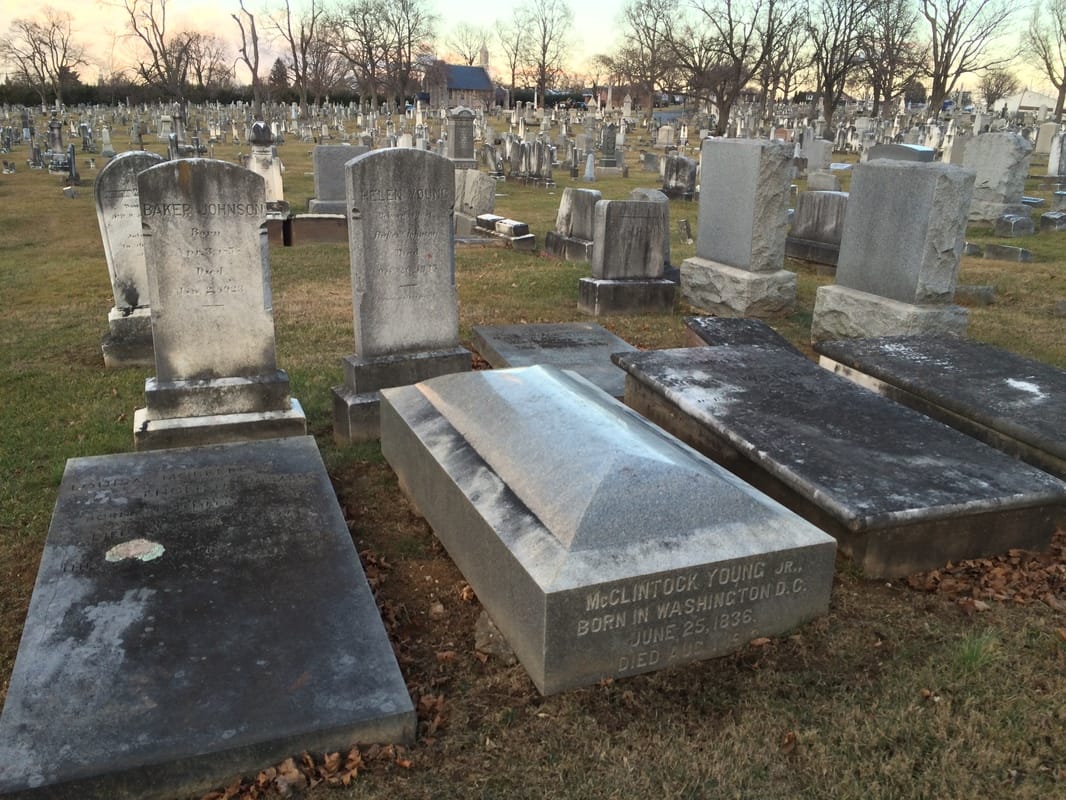
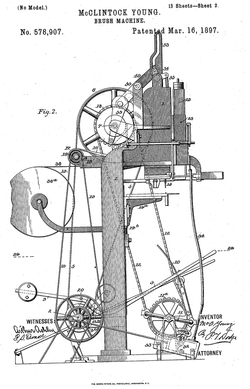
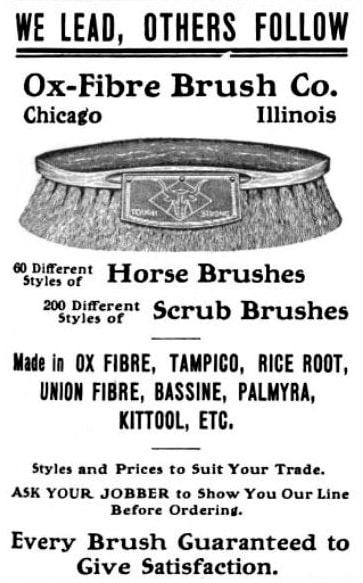
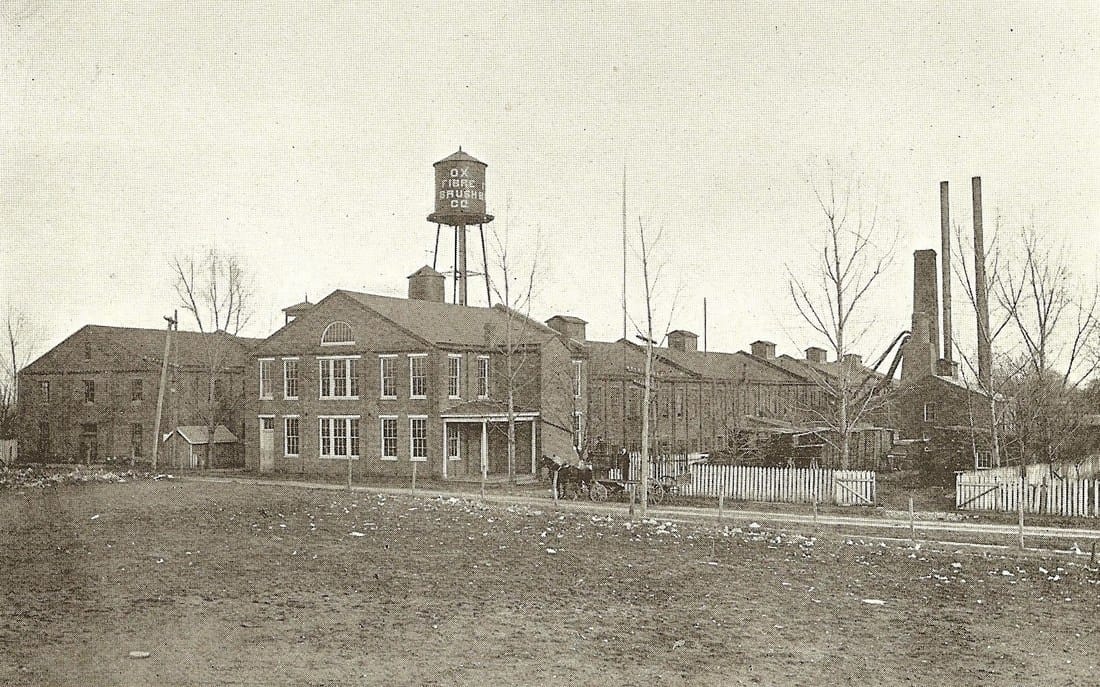

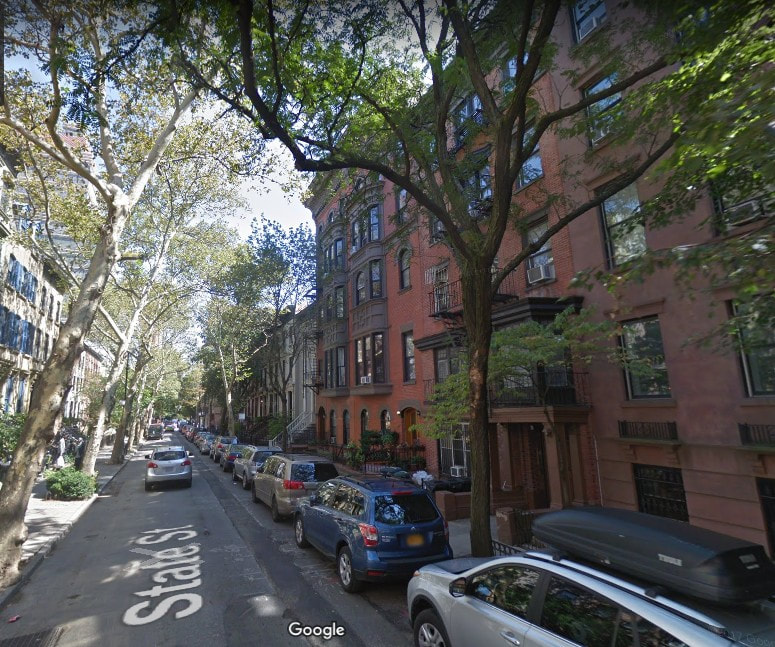
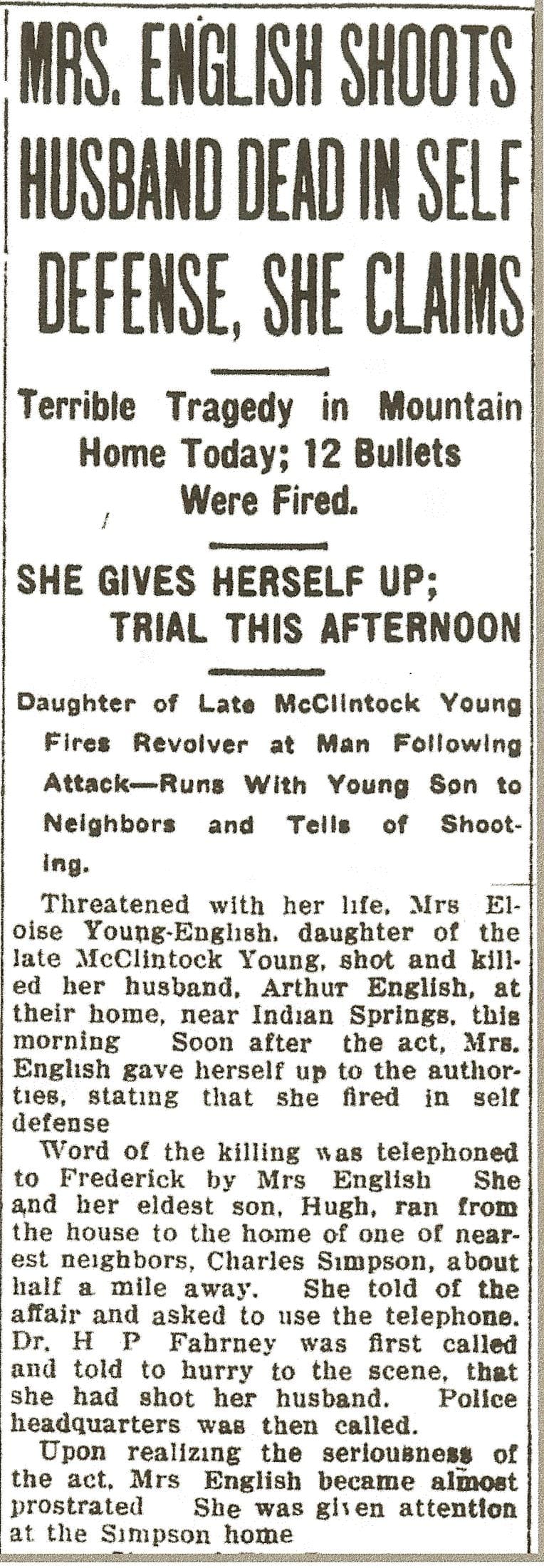
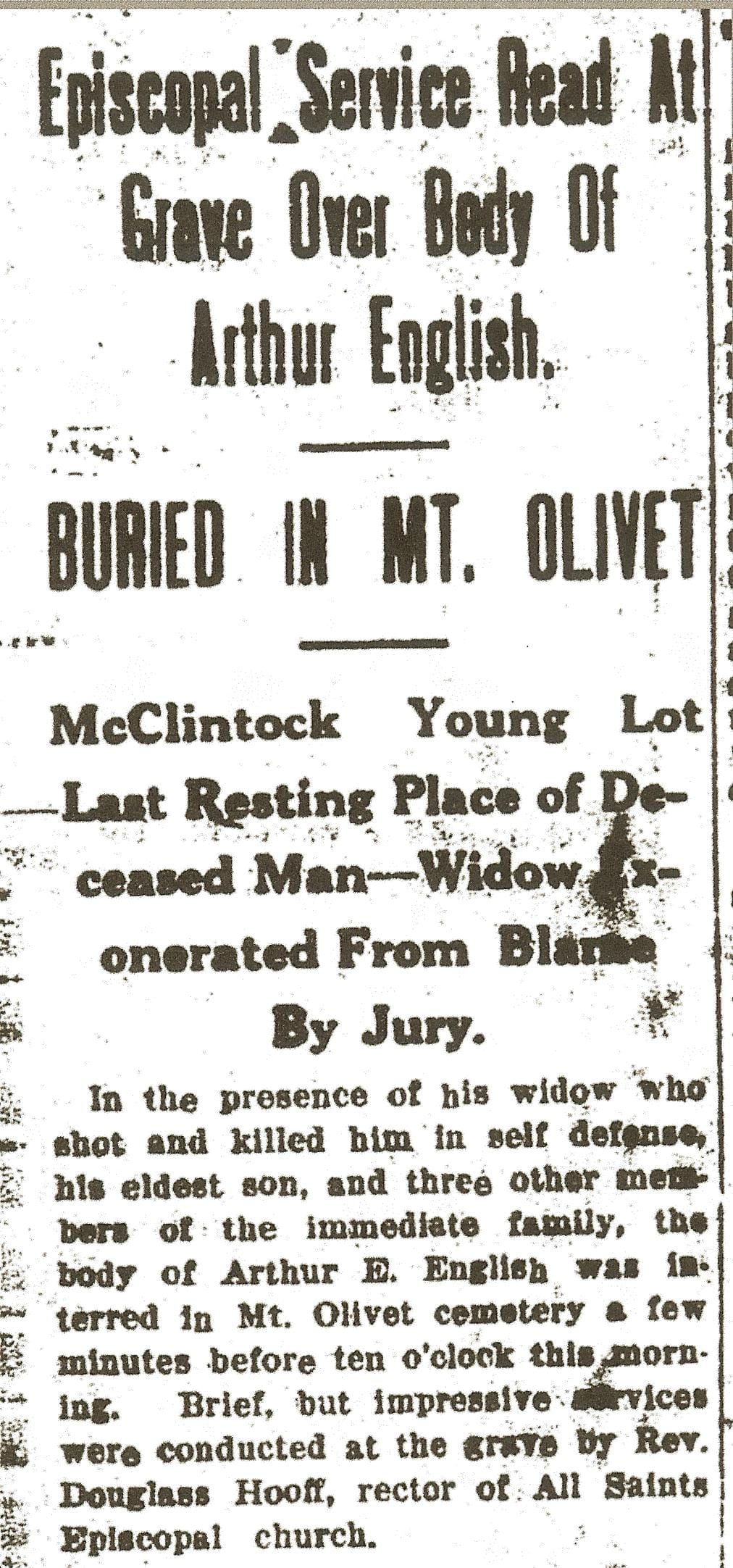
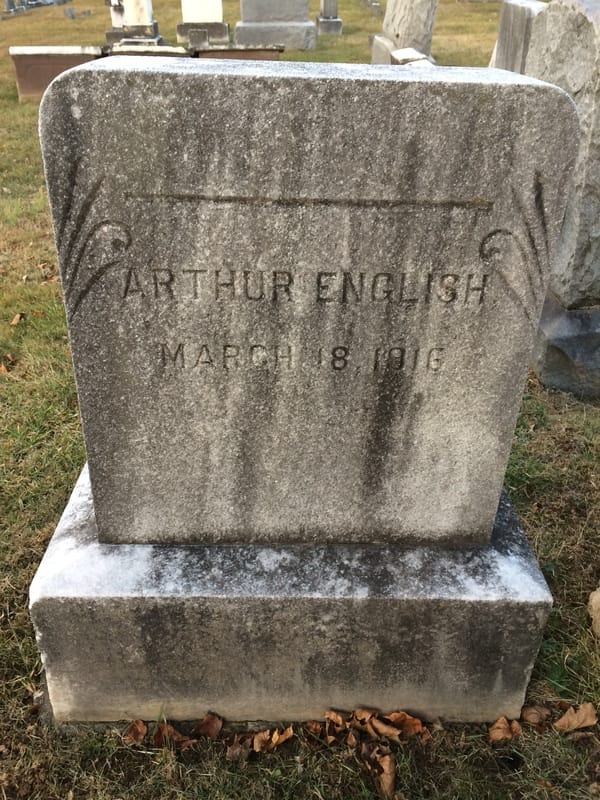
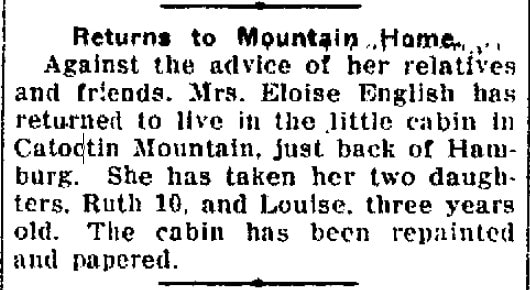
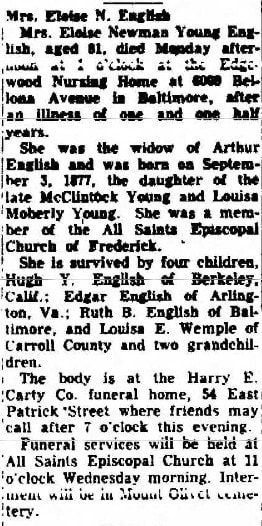

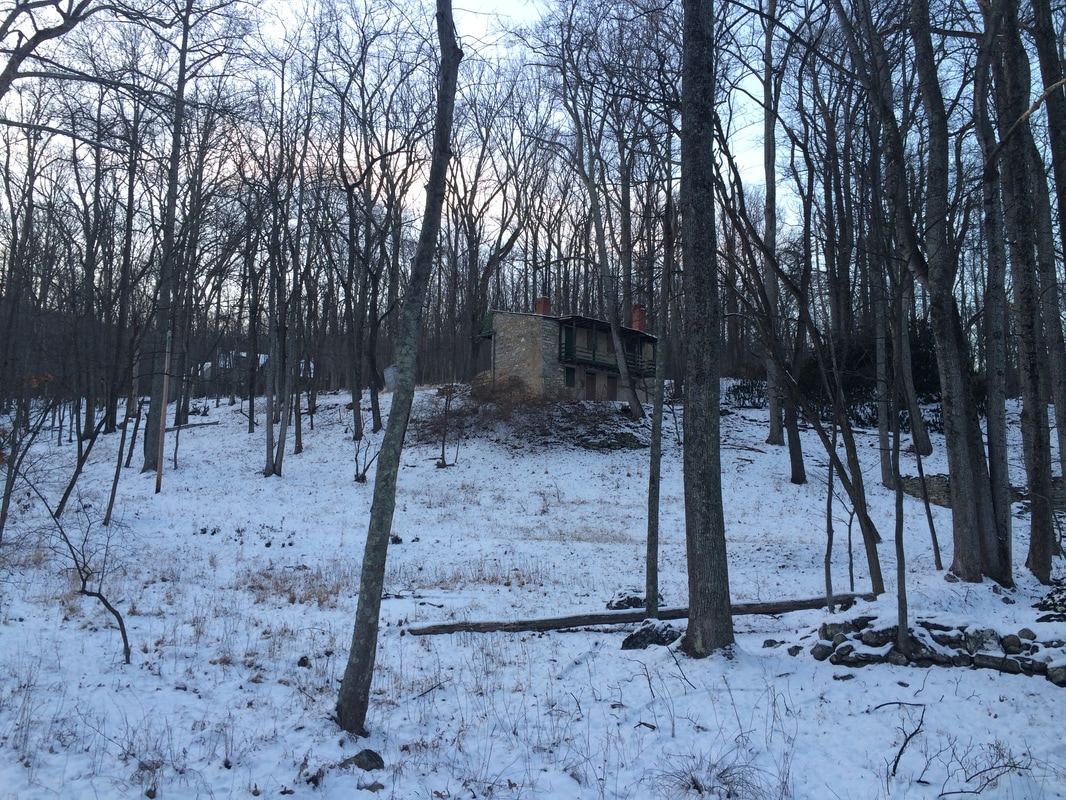

 RSS Feed
RSS Feed